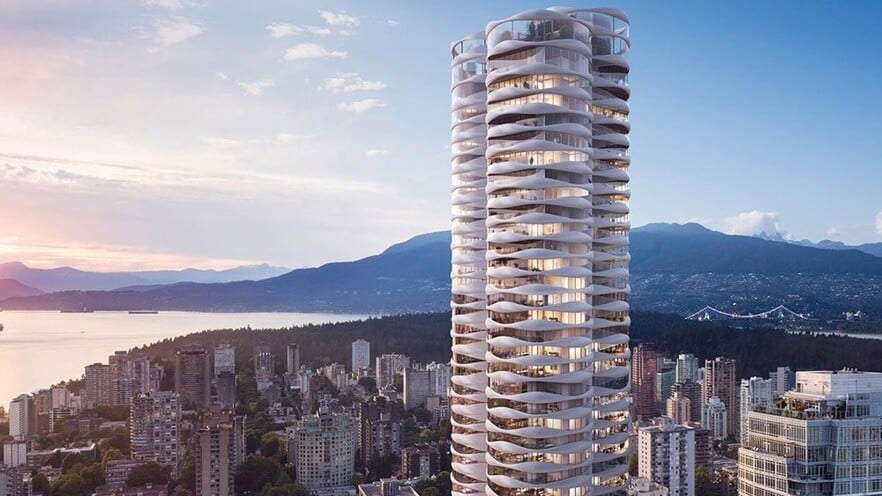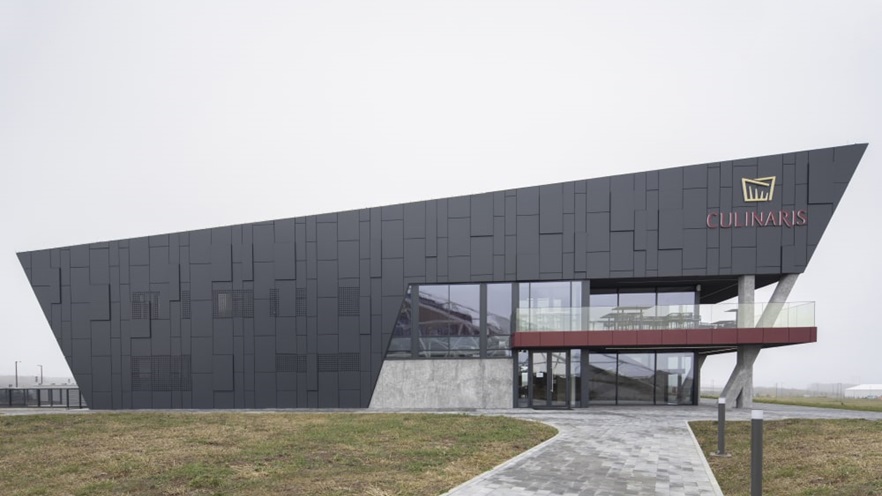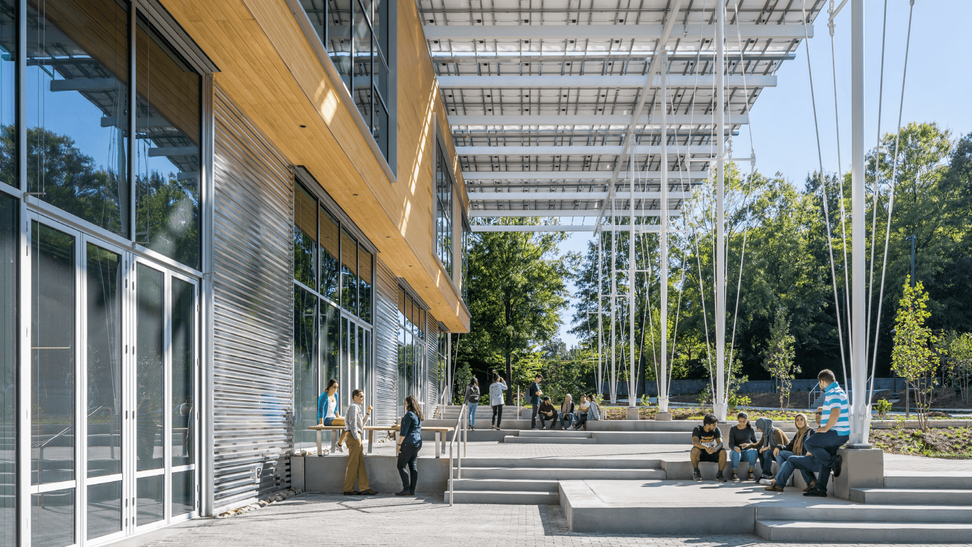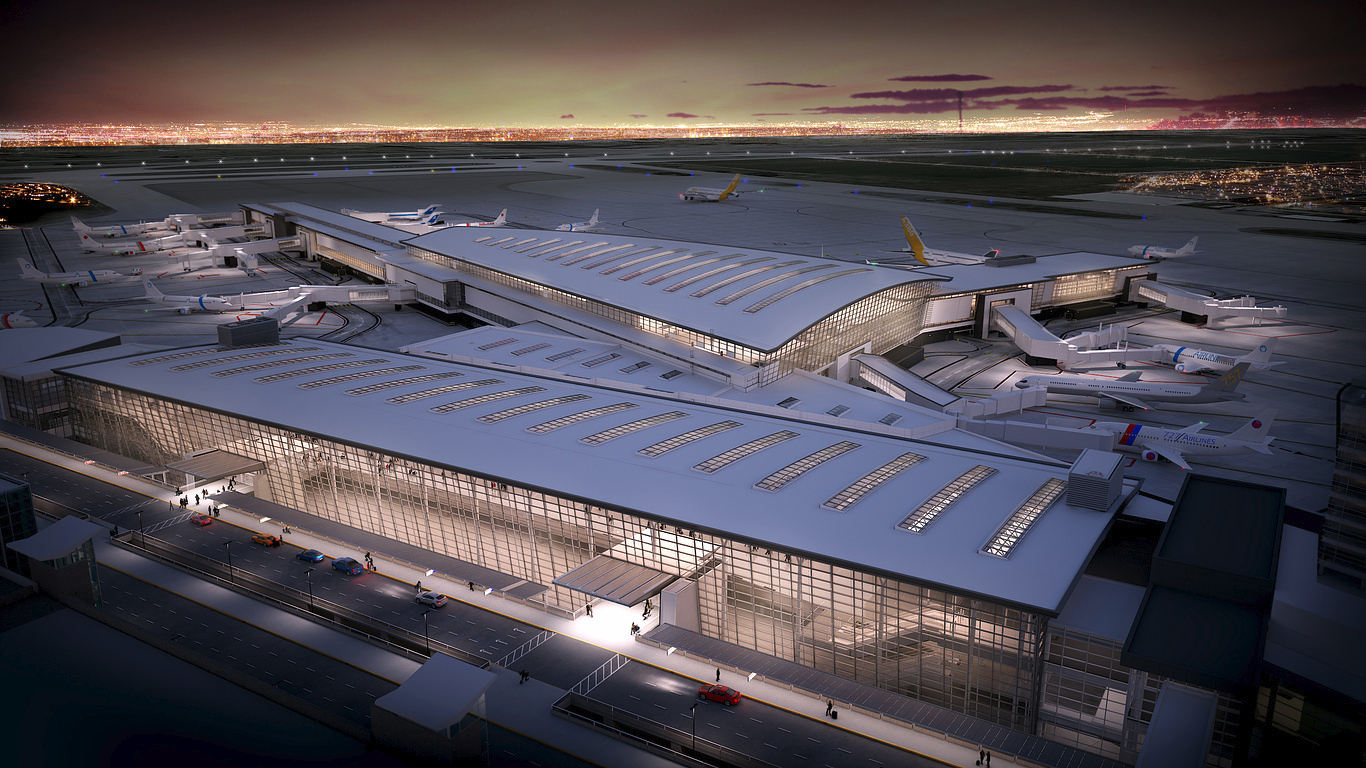
The Versatility of Aluminum Cladding Systems in Modern Architecture
06 Oct 2023
Acelab Team
An aluminum cladding system is a building exterior finish system that is made of aluminum panels or sheets that are affixed to a building's structural framework.
Aluminum cladding provides protection against weather, enhances aesthetics, and depending on the system components, may improve insulation. It is popular for its lightweight nature and low maintenance requirements and is widely used in construction for its versatility and sleek appearance.
What is Aluminum Cladding?

Aluminum cladding is an exterior cladding material that is prized for its durability and resistance to corrosion. It is available in various styles, finishes, and colors, for versatility in architectural design. Typically, aluminum cladding is produced as either flat panels or sheets that can be shaped into various forms and profiles to suit architectural design requirements. These sheets are commonly used in rectangular or square shapes but can be customized to achieve curved or other intricate shapes as needed for specific building designs. This architectural cladding system is a popular choice for both residential and commercial buildings that offers a sleek and modern appearance.
Benefits of Aluminum Cladding
Architectural aluminum cladding offers numerous benefits, including exceptional durability and resistance to weather, corrosion, and fire, which makes it a long-lasting facade solution. Its lightweight nature simplifies installation and reduces labor costs. Overall, it combines aesthetic appeal, energy efficient properties, and design versatility.
Durability
Aluminum cladding is recognized for its exceptional durability. It exhibits high resistance to environmental factors, including moisture, UV rays, and temperature fluctuations. The resilience to weathering ensures that it retains its appearance and structural integrity over time, and its natural resistance to corrosion further contributes to its long lifespan. Its durability makes it an ideal choice for an exterior building finish that is capable of withstanding the rigors of various climates and environmental conditions.
Low Maintenance
Aluminum cladding is low maintenance when compared to many exterior cladding materials. Unlike stucco or synthetic monolith exterior finishes, aluminum cladding doesn't require regular repainting or resealing. Aluminum retains its color and appearance over time, and eliminates the weathering and staining issues often associated with natural stone or brick. Its resistance to environmental stressors, combined with its longevity, significantly reduces ongoing maintenance needs, which makes aluminum cladding a highly practical and low-maintenance choice for exterior building finishes.
Aesthetic Appeal
Architects can create memorable buildings with aluminum cladding systems. Clean lines, smooth surfaces, and versatile design capabilities allow architects to achieve a wide range of styles, from contemporary to classic. With sleek and modern site lines, architectural aluminum cladding systems provide dramatic visual appeal for both commercial and residential construction. Its reflective properties can also play with natural light, to add depth and vibrancy to facades. Whether used for a striking accent or a full exterior application, aluminum cladding complements virtually any architectural style, by creating an eye-catching, sophisticated and attractive appearance that contributes to a building's overall aesthetic value.
Lightweight
The lightweight nature of aluminum cladding is due to the low density of aluminum itself. It offers structural strength without the heaviness of many other materials, which simplifies both handling and installation. Contractors can experience reduced labor costs and easier installation with lightweight aluminum cladding.
Energy Efficiency
An aluminum cladding system, especially when used in conjunction with a rainscreen design, significantly enhances a building's energy efficiency. Rainscreen systems create an air gap between the cladding and the building's structure, to facilitate natural ventilation and moisture management. The air gap acts as an additional layer of insulation that reduces heat transfer and minimizes temperature fluctuations. Aluminum's reflective properties also can deflect solar heat, to further reduce cooling needs. The durability and weather resistance of aluminum cladding prevents moisture infiltration and damage to insulation, to help ensure long-term energy savings and improved thermal performance, which ultimately makes the building more sustainable and cost-efficient.
Environmental Sustainability
Aluminum cladding can contribute to LEED (Leadership in Energy and Environmental Design) points in green building projects. It may earn points under various LEED categories, such as Sustainable Sites, Energy and Atmosphere, and Materials and Resources, depending on factors like its recyclability, energy efficiency, and sustainable sourcing. Its lightweight nature minimizes transportation energy, and the enhanced energy efficiency through insulation and reflective properties can reduce a building's carbon footprint. The durability and low-maintenance nature of aluminum cladding can also reduce the need for replacement materials. Altogether, aluminum cladding promotes sustainable construction by conserving resources, reducing emissions, and enhancing a building's overall environmental performance.
Fire Resistance
The non-combustible nature of aluminum makes aluminum panels inherently fire-resistant. It does not contribute to the spread of flames, which makes it a safe choice for exterior building finishes. Some aluminum cladding systems can also incorporate fire-resistant coatings or treatments for added protection against fire hazards.
Weather Resistance
Aluminum cladding provides long-term protection against environmental elements such as UV rays, acid rain, and harsh temperature fluctuations. Its inherent strength and resistance to corrosion mean it is not easily damaged by hail. This durability ensures the cladding maintains its appearance and structural integrity over time, to reduce maintenance needs and enhance a building's overall longevity and aesthetic appeal.
Versatility
Highly versatile, aluminum cladding offers a wide range of design possibilities. It can be shaped, finished, and colored to suit various architectural styles and thematic colorways. It is also an excellent option for mixed-material façades resulting in exceptional design versatility. Paired with stone, it provides a modern contrast. With brick, it offers an updated appearance with minimal maintenance. When combined with EIFS (Exterior Insulation and Finish System), it can enhance energy efficiency. Its adaptability makes it a favored choice for both aesthetic and functional applications in construction.
Longevity
The longevity of aluminum cladding is primarily attributed to its inherent corrosion resistance, weather resilience, and resistance to UV damage. These properties help to ensure that it remains structurally sound and aesthetically pleasing over many years, by reducing maintenance and replacement requirements.
Aluminum Cladding Applications
Residential Homes
Aluminum cladding is a common choice for residential exterior cladding, thanks to its durability and low maintenance. It protects homes from the elements, and ensures longevity and weather resistance.
Commercial Buildings
As a versatile option for commercial construction, aluminum cladding delivers sophisticated aesthetics and design flexibility. It is widely used in office buildings, shopping centers, and other commercial spaces where both appearance and durability are essential.
Educational Institutions
The combination of refined aesthetics with durability create an inviting atmosphere for educational campuses. Aluminum cladding’s resistance to moisture and low maintenance requirements make it suitable for school buildings, where cleanliness and long-term performance are important.
Healthcare Facilities
In healthcare settings, such as hospitals and clinics, aluminum cladding is used for exterior cladding and roofing. Its corrosion resistance and enhanced energy performance ensure long-term functionality.
Retail Spaces
Aluminum cladding enhances the visual appeal of retail environments. It is utilized for storefronts, entryways, and signage, for both durability and design adaptability. Aluminum cladding helps create an attractive and distinct retail atmosphere that aligns with brand identity and customer experience.
Hospitality Sector
The hospitality industry benefits from aluminum cladding for its aesthetic and functional properties. As exterior finishes, awnings, and canopies, aluminum cladding provides protection from the elements while contributing to the overall ambiance of hotels, restaurants, and resorts. Its versatility allows for a unique brand personality for each structure.
Industrial Facilities
Aluminum cladding is commonly used in industrial settings for exterior walls and roofing. Its resistance to corrosion, insulating capabilities, and sturdy construction make it a reliable choice for manufacturing and warehousing facilities. It helps regulate interior temperatures, offers protection against environmental factors, and requires minimal maintenance, which makes it a cost-effective option for industrial applications.
Aluminum Cladding Case Studies

The Kendeda Building for Innovative Sustainable Design at Georgia Tech showcases the novel use of aluminum cladding as a sustainable exterior material. The project used bare metal panels from Morin Corp. as a sustainable choice. Two distinct formed metal profiles were used, each with a different choice of metal gauges. The aluminum panels were strategically placed to act as shading devices that reduce solar heat gain and minimize the building's cooling load. This architectural approach enhances occupant comfort and reduces energy consumption, to align with the building's ambitious sustainability goals.
Aluminum cladding played a pivotal role in the Kendeda Building's sustainability by combining practicality, aesthetics, and energy efficiency, to set a remarkable example of environmentally responsible design and construction.

After years of extensive planning, the Calgary Airport Authority opened its International Facilities Project (IFP) in the fall of 2016. An ultramodern design with a minimized overall environmental footprint was created by Dialog Design. Alcotex® fire rated (FR) core material was selected to be used extensively for the exterior envelope and select interior applications. More than 800,000 square feet of Metallic Medium Grey and Metallic Champagne cladding was installed over a four-year period. The span of the construction schedule combined with the metallic color requirements required meticulous coordination to ensure maximum color consistency on the project.
As one of the largest projects in Alberta’s history, the five-story addition hosts a new utility services corridor, state of the art baggage handling, moving walkways, compact transit system (CTS), 70 new shops and services, and international passenger processing.
Find the Best in Aluminum Cladding with Acelab
Acelab is a cloud-based collaboration platform that offers a range of tools and resources to help architecture professionals research, compare, and select building products for their projects.
With Acelab, users can access product data, technical specifications, and CAD details from leading manufacturers, as well as tools to create and manage project libraries, product lists, and specification documents. Acelab is designed to help architecture professionals save time and streamline their workflows by providing a centralized source of information and tools for building product research and specification tasks.
